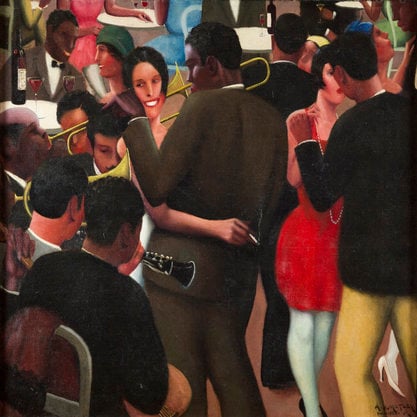Article
Stockhausen, Karlheinz (1928–2007) By Toop, Richard
Article
For much of the 1950s and 1960s, the German composer Karlheinz Stockhausen was an absolutely seminal figure within the European avant-garde. By the mid-1950s, every new work of his seemed to open up new perspectives for radical composing: key notions and genres such as serialism, electronic music, variable forms, and graphic notation were all crucially affected by his work. Of all post-war composers, Stockhausen best exemplifies Chateaubriand’s dictum that ‘‘the original writer is not the one who imitates no one, but he whom no one can imitate’’; whereas other major figures had hosts of epigones, Stockhausen’s huge influence largely involved his way of thinking about composition, which was constantly evolving and re-forming, rather than attempted emulations. At the same time, by the late 1960s he was also something of a cult figure in the pop/rock world, as witness his appearance on the cover of the Beatles’ ‘‘Sergeant Pepper’’ album. Yet from the mid-1970s, Stockhausen increasingly (though never totally) withdrew from the public eye, working for just over twenty-five years on a massive cycle of seven operas collectively entitled Licht [Light], involving about thirty hours of music––probably the most ambitious (completed) project in the whole of Western art music.

